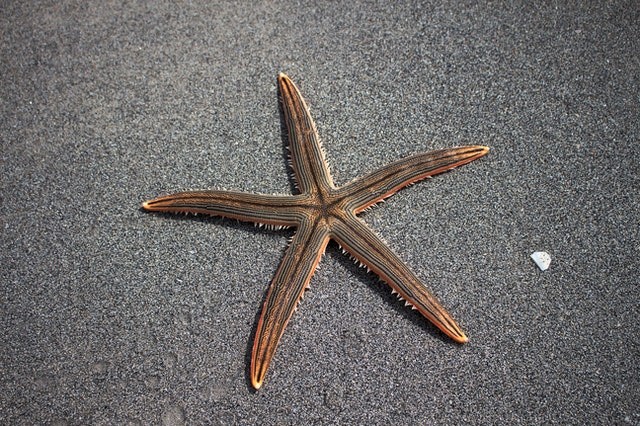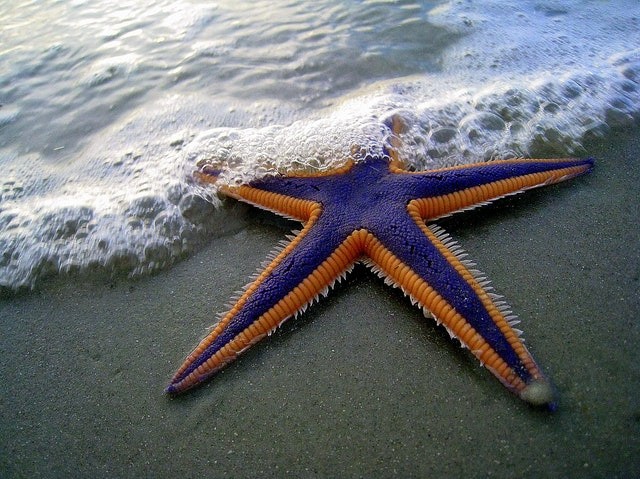According to a recent study, baby starfish may appear lovable and innocent, but they're tiny little cannibals and feed on their own siblings for survival.

Behavior of Baby Starfish
Two scientists found this behavior among baby Forbes' sea stars (Asterias forbesi) unexpectedly. Initially, they were trying to obtain knowledge on how baby sea stars behave when presented to ferocious crab predators in the lab.
Jon Allen, associate professor in William & Mary's Department of Biology, said in a statement: "But they all begin to eat each other even before we initiated the crabs. So we had to do away with that experiment," Jon and his colleagues shifted gears to examine this previously secret phenomenon within the baby sea stars.
The Process of Metamorphosis
According to National Geographic, the Forbes' sea stars, which are usually seen on the East Coast of the U.S., have a length between 11.9 and 24 centimeters (4.7 and 9.4 inches) as adults. Young sea stars are basically a pinhead-sized category of their parents, Jon said. These sea stars go through a process known as metamorphosis in which they change from an immature form to an adult form just as caterpillars metamorphose into butterflies.
Karina Brocco French, a doctoral student at the University of California, Irvine (who used to be an undergraduate student working in Allen's lab during this study) said these sea stars, in their undeveloped larval form, resembles "weird little spaceships" flying through the water.
Sea Stars Feeds One Another
Brocco said in the statement that they live in this weird-little-spaceship stage for about a month before they transform into baby sea stars and settle on the seafloor. Researchers were already aware that juveniles on the seafloor would feed on the much-smaller larval forms sinking to the bottom - but they didn't know that juveniles would feed on each other.
Still, even though the juveniles are almost the same size as one another, the ones slightly bigger always ended up feeding on the smaller ones, according to the statement. Brocco and Jon found out that the juvenile sea stars took part in this act of cannibalism as early as four days after metamorphosing.

Amount of Eggs They Produce in a Year
They did so by the use of one of their multiple stomachs, called their "cardiac stomach," which they push out to enclose and break down their food. Sibling cannibalism might give single stars an adaptive benefit, especially since grown-up female sea stars generate 5 million to 10 million eggs a year, Jon said.
While such an act wasn't known in this species, cannibalism is not unusual in the animal kingdom, with more than 1,300 species (plus humans) were recorded to exhibit it, according to the statement. And scientists think that cannibalism is probable to be even more widespread within small animals, plus juveniles.
Related Article: Cannibalism Actually Happened in Spain 10,000 Years Ago
For more news, updates about starfishes and similar topics don't forget to follow Nature World News!
© 2025 NatureWorldNews.com All rights reserved. Do not reproduce without permission.





